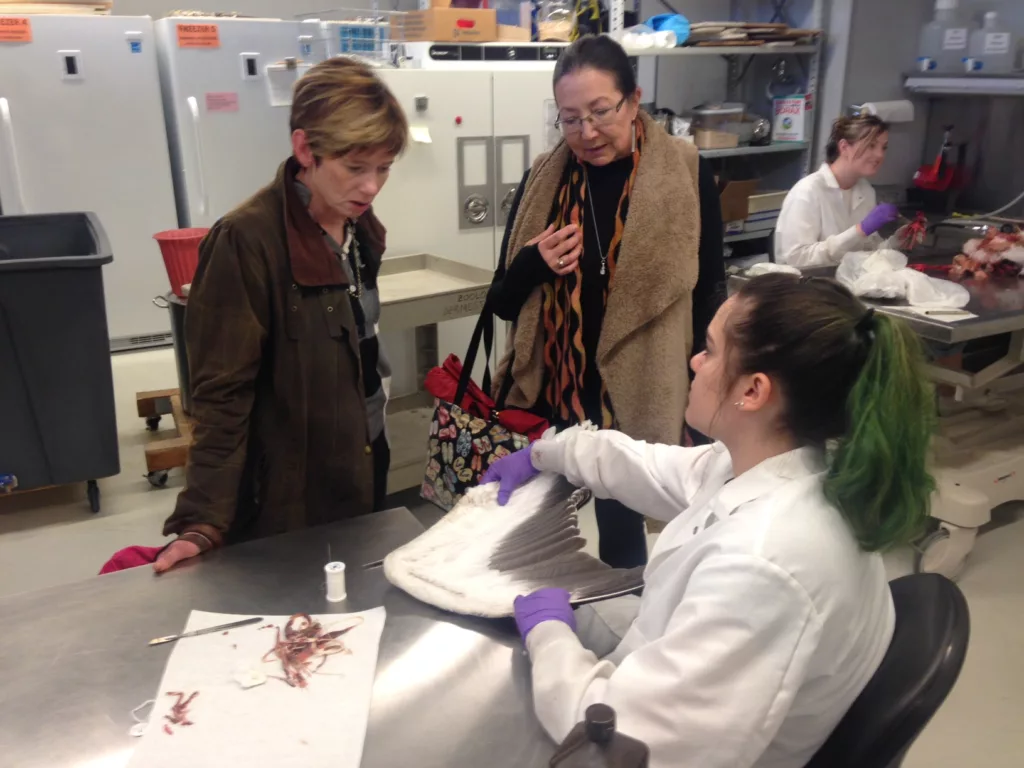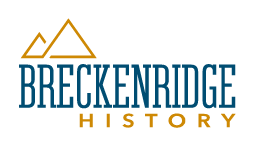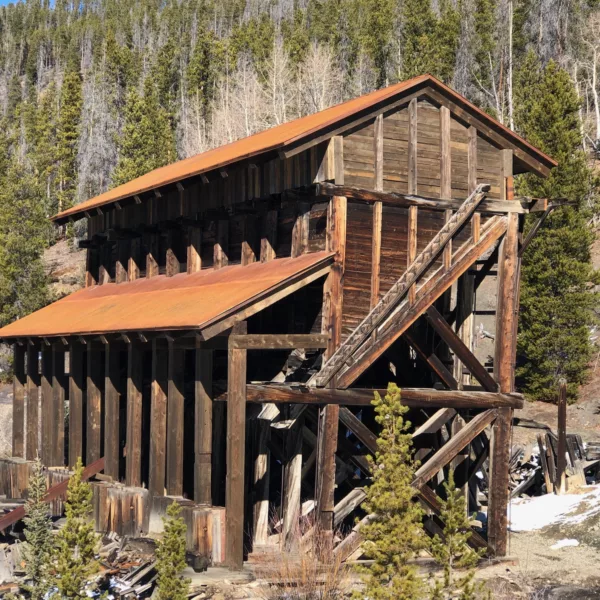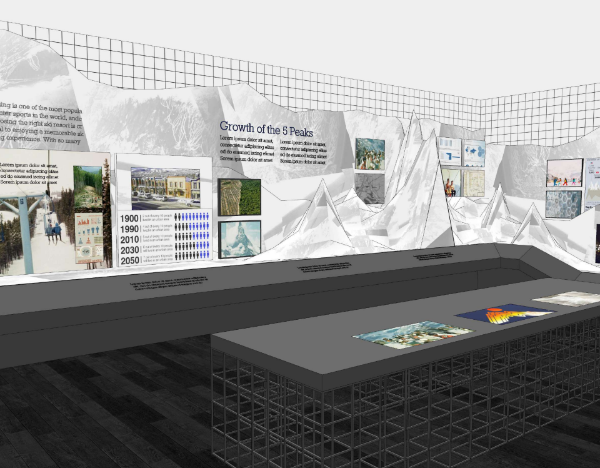Breckenridge History Staff Visit Denver
November 07, 2019 | Category: Why We Collect

At Breckenridge History we pride ourselves on knowing our history inside and out so we can give visitors the best experience possible. In 2019, the entire staff went on a professional development field trip to the Denver Museum of Nature & Science (DMNS) and the History Colorado Center to see their exhibits and get a behind the scenes tour of their facilities. DMNS now has millions of species – lots of teeny tiny specimens and a huge beetle collection – many of which are stored in a new climate-controlled environment 65 feet below ground. Lots has changed since the museum opened more than 100 years ago. At that time, Breckenridge’s own Edwin Carter bequeathed his stockpile of taxidermy specimens – he displayed more than 3,000 in his Breckenridge museum – to serve as the DMNS founding collection. Our team was lucky enough to see “Mammal #2”, a Carter-preserved Colorado bison, which became the second animal cataloged into the DMNS collection in 1900. What happened to Mammal #1 you might wonder? That’s a bit of a mystery. According to the museum’s records, Mammal #1 was also a bison. That specimen disappeared at some point in the museum’s early history. Today, nearly all of Carter’s DMNS specimens are in protective storage, not on display for public viewing. Your best bet for seeing Carter’s taxidermy is to visit the Edwin Carter Museum in Breckenridge. We have about a dozen of his original 1800s specimens on display in the museum, which is open year round. And better yet, our museum is free!
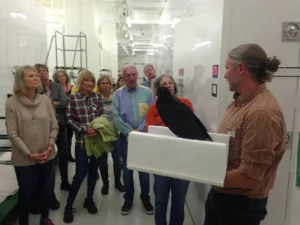 After visiting DMNS our staff ventured to the History Colorado Center to tour their archives and check out their museum displays. Their “back of house” collections are enormous – huge storage units contain thousands of photographs, letters and other ephemera from Colorado’s past along with more than 200,000 artifacts! One of the most valuable and unique artifacts we saw was Baby Doe Tabor’s custom headboard from when she was married to one of the richest mine owners in Colorado. (If you’re not familiar with Baby Doe, her story of rags to riches back to rags is worth hearing. We recommend checking out the Matchless Mine tour in Leadville.) While not as vast as History Colorado’s facility, Breckenridge’s archives contains thousands of photographs and other records from the mining era to Breckenridge’s boom as a ski town. Visit the Breckenridge History Archives web site, which has hundreds of photos and other resources online for viewing and research. Set up an appointment with our archivist if you want more. The room itself, which used to be part of the Breckenridge High School, is worth a stop.
After visiting DMNS our staff ventured to the History Colorado Center to tour their archives and check out their museum displays. Their “back of house” collections are enormous – huge storage units contain thousands of photographs, letters and other ephemera from Colorado’s past along with more than 200,000 artifacts! One of the most valuable and unique artifacts we saw was Baby Doe Tabor’s custom headboard from when she was married to one of the richest mine owners in Colorado. (If you’re not familiar with Baby Doe, her story of rags to riches back to rags is worth hearing. We recommend checking out the Matchless Mine tour in Leadville.) While not as vast as History Colorado’s facility, Breckenridge’s archives contains thousands of photographs and other records from the mining era to Breckenridge’s boom as a ski town. Visit the Breckenridge History Archives web site, which has hundreds of photos and other resources online for viewing and research. Set up an appointment with our archivist if you want more. The room itself, which used to be part of the Breckenridge High School, is worth a stop.
Our staff came back from the field trip with new ideas and more knowledge to share in our museums and on Breckenridge tours. Our entertaining guides are excited to give you a unique experience in Breckenridge this summer. Take a peek at our tours and museums to learn more. Or visit the Breckenridge Welcome Center and talk with one our expert local staff. They’ll be thrilled to tell all about Mammal #2 and much more!
Interested in joining our awesome team? We’re hiring museum docents and tour guides.
